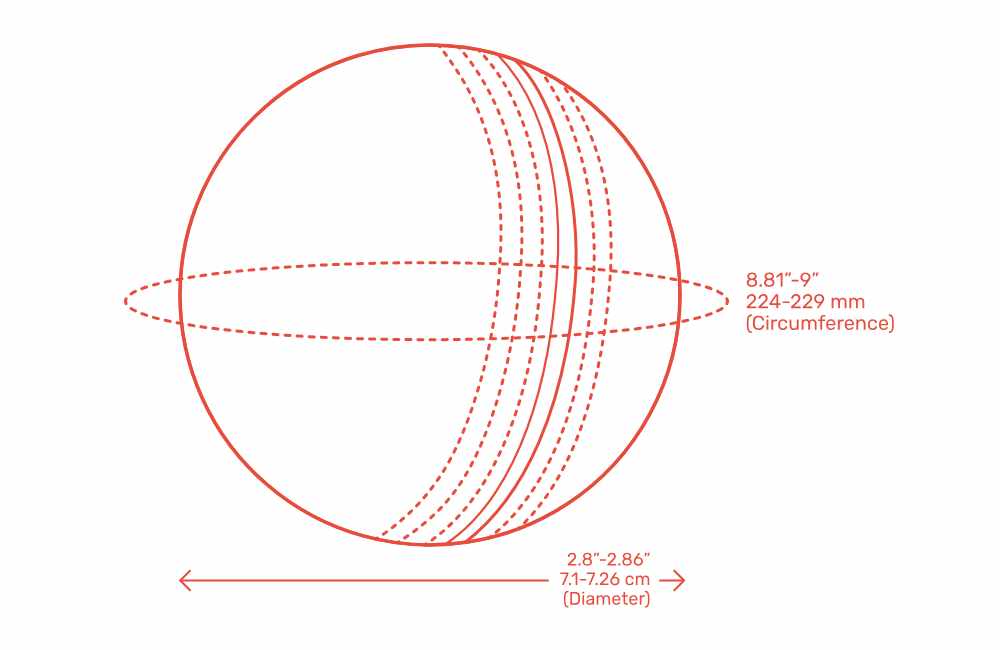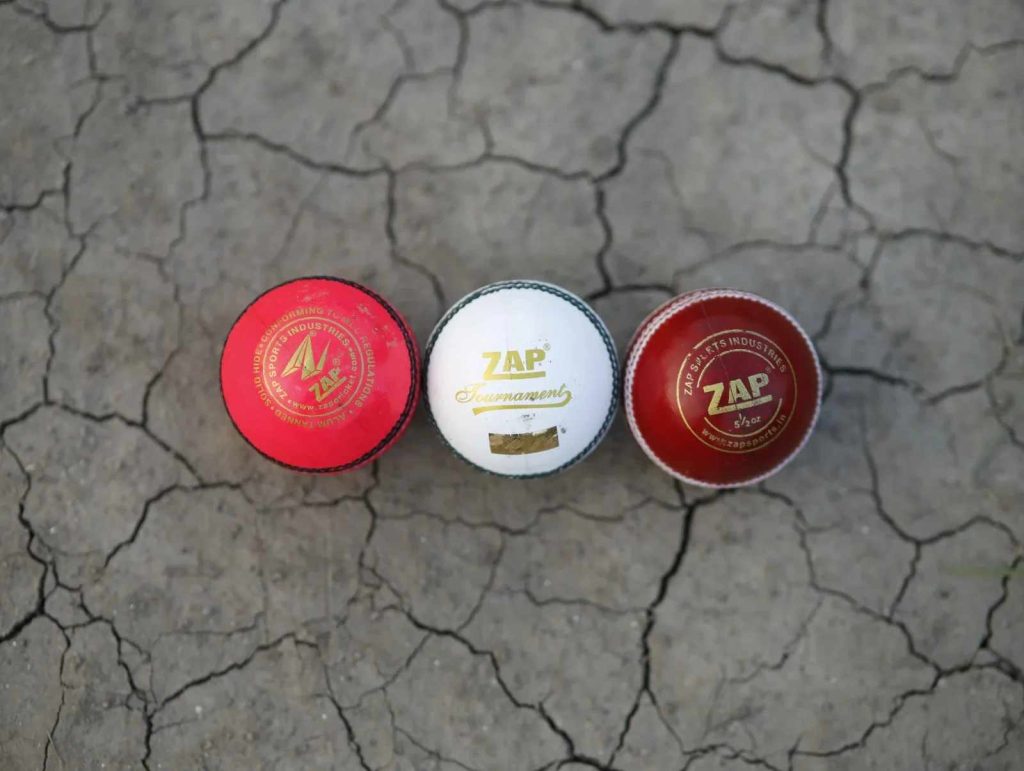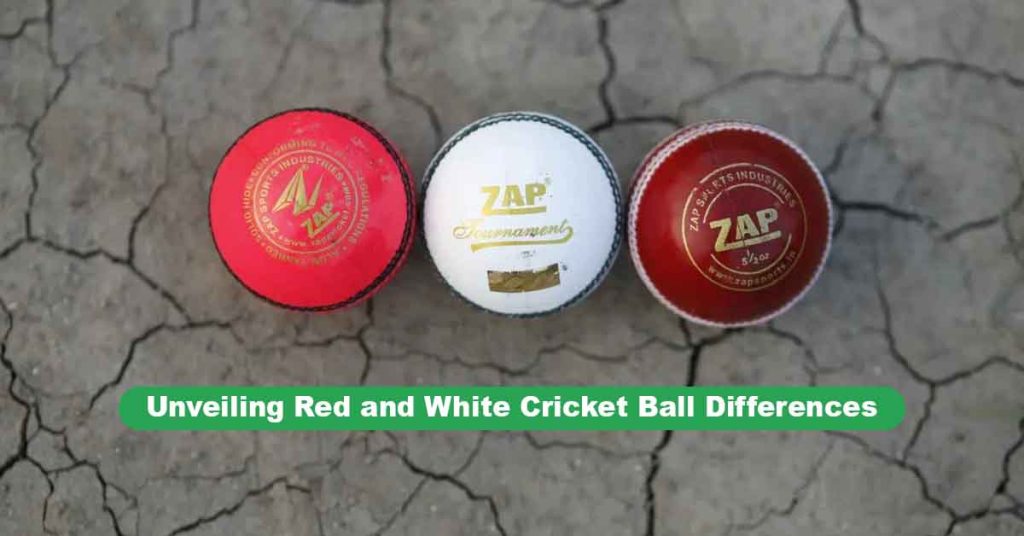Cricket, known as the gentleman’s game, is governed by intricate rules and regulations that have evolved. As the sport continues to innovate, these changes have reshaped its dynamics, with significant experiments influencing its laws and gameplay.
One of the most distinctive features of cricket is its sensitivity to conditions—be it weather or the nature of the pitch. These elements play a critical role in shaping the game. Central to this is the cricket ball, whose condition often dictates the course of a match. From the earliest days of cricket to the modern era, the ball has remained an essential element of the game.
Initially, cricket matches were played solely with the red ball. Over time, the introduction of the white ball and later the pink ball diversified the sport. Today, these three types of balls cater to different formats of the game: the white ball for limited-overs matches (ODIs and T20s), the red ball for traditional Test matches, and the pink ball for day-night Test matches.
The Cricket Ball: Structure and Specifications

Regardless of its colour, every cricket ball is manufactured similarly with subtle variations. Each ball is constructed using a cork core tightly wound with string and encased in a leather cover. The dimensions remain consistent across all types, with an ideal weight ranging from 155.9 to 163 grams.
While the fundamental structure of the balls is the same, their characteristics differ slightly, leading to variations in performance across formats.
Read More:- Types of Outs in Cricket You Must Know
Key Differences Between Red and White Balls

One of the most common questions in cricket revolves around the differences between red and white balls. Initially, all cricket was played with red balls, but the introduction of the white ball revolutionized the sport. Here’s a breakdown of their key distinctions:
- Visibility: The white ball was introduced to improve visibility for spectators during limited-overs games, especially under floodlights. Red balls, on the other hand, can be harder to follow in such conditions.
- Swing and Shine: The white ball is polished more extensively than the red ball, resulting in a smoother, shinier surface. This additional polish enables the white ball to swing more than its red counterpart, especially in the early overs.
- Durability: The surface of the white ball is harder and finer compared to the red ball. While red balls are treated with wax to enhance reverse swing, white balls rely more on their initial shine and swing properties.
- Thread Color: Both red and white balls are stitched with white threads. However, pink balls, which are used for day-night Tests, are stitched with black threads for better visibility.
- Colour Dye: The primary distinction lies in the dye used. The red and white dyes significantly influence the swinging characteristics of the balls.
These differences make each ball suited to specific formats, contributing to the strategic depth of the sport.
FAQs on Cricket Balls
1. What is the weight difference between red and white balls?
There is little to no difference in the weight of red and white balls. Both adhere to the same weight standards of 155.9–163 grams. However, studies suggest that red balls may be slightly lighter, potentially aiding bowlers in extracting more swing.
2. What colour ball is used in Test matches?
Test cricket employs two types of balls: red and pink. Red balls are used for traditional day matches, while pink balls are reserved for day-night Tests, as red balls become less visible under artificial lighting.
3. Who manufactures cricket balls?
There are three primary manufacturers of cricket balls:
- Dukes: Used in England and the West Indies, Dukes balls are darker in color and tailored for English conditions. They offer consistent swing until the 50th over and seam movement up to the 80th over.
- Kookaburra: Predominantly used in Australia, New Zealand, South Africa, Sri Lanka, Bangladesh, Zimbabwe, and Pakistan, Kookaburra balls maintain swing for about 30 overs before becoming softer, favouring batters.
- SG (Sanspareils Greenlands): Exclusive to Test matches in India, SG balls have a prominent seam, aiding spinners. They swing less initially but begin to reverse swing after 30 overs.
Conclusion
The cricket ball is more than just an object; it is a pivotal factor in every match. Each type—red, white, or pink—has distinct characteristics that suit specific formats and conditions, making it essential for players and fans alike to understand their nuances.
Whether through swing, spin, or durability, cricket balls play a decisive role in shaping the game’s outcomes, further enhancing the sport’s rich tapestry of strategy and skill.
Read More:- UAE ILT20 2024: Everything You Must Know!

